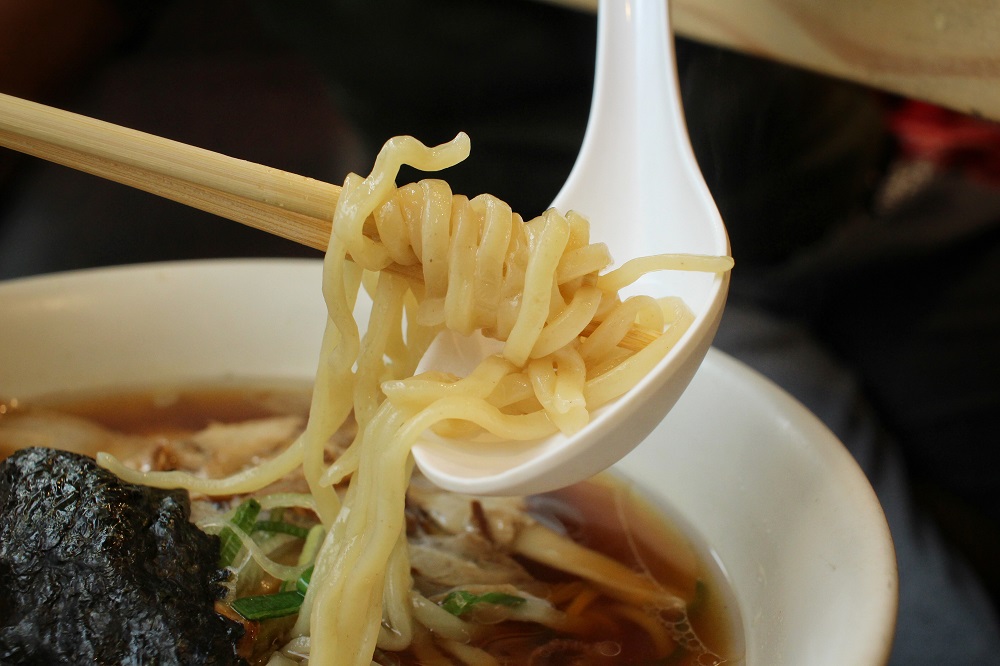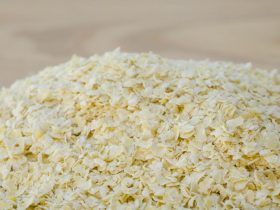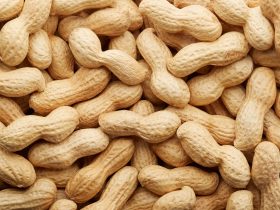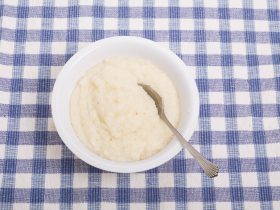Ramen refers to an extremely popular Japanese soup and noodle dish with a wide variety of ingredients and additives depending on the exact region or company it originates from. Primarily made from ground wheat flour, authentic ramen noodles have approximately the same shelf-life as other forms of wheat pasta1.
However, this changes once the ramen is added to broth or comes into contact with other organic foods that are incorporated into ramen. Because of the protein-rich ingredients that are usually added to ramen, its shelf-life can be quite short if stored improperly.
All forms of ramen are capable of expiring due to their organic nature. This means that ramen faces a two-fold threat in terms of preservation and storage; that of the environment degrading its quality and the threat of microbes colonizing the food, subsequently causing it to become unsafe to eat.
Does Home-made Ramen Expire?
While most commercially available types of ramen are dehydrated and loaded with all sorts of preservative additives, making ramen in your own home or restaurant kitchen does not employ any of these shelf-life extending practices or compounds. Because of this, home-made ramen or otherwise freshly made from scratch ramen is often one of the most quickly expiring forms of ramen available.

The exact length of time home-made ramen will remain safe to eat depends on a large variety of factors, but is primarily about the sort of ingredients that are used in this Japanese soup dish. Generally, foods higher in protein and low in salt or acidity will be colonized by bacteria and fungi more quickly, as they will feed off these ingredients as they multiply.
It is advisable to separate your ramen noodles from the broth until the time comes for them to be cooked, as this will not only prevent the noodles from growing into a soggy and oversized mess but also keep the noodles at their longest possible shelf-life.
Stored in the ideal manner, home-made ramen can last up to two weeks in the refrigerator, though the stock or soup will likely expire sooner than this.
Does Instant Ramen Expire?
As previously mentioned in the last section of this article, commercially available ramen (especially that of the instant kind) undergoes a multitude of processes that extend their shelf-life far longer than fresh ramen would be capable of.
Among these are the procedural dehydration of both the soup stock and the noodles themselves, the sterilization of the work area and packaging, and the air-tight sealing of the ramen within said packaging. All these procedures, combined with shelf-life extending additives such as sodium and nitrogen gas, serve to allow instant ramen to last for as long as eight months after it has been distributed from the factory.
Note that this does not apply if the ramen has already been cooked or otherwise reconstituted, as the lack of moisture and air-tight seal of the packaging are what keep it stable for such a long length of time.
Does Pre-made Grocery Store Ramen Expire?
If one still wishes to purchase ramen but would rather forgo the slightly different experience that instant ramen noodles provide, purchasing pre-made ramen noodles from a specialty store or grocery is an excellent choice to make.
Unlike instant noodles, however, most pre-made ramen noodles and pre-made ramen soups contain quite a bit of moisture in order to retain their quality and flavor, and as such have a significantly shorter shelf-life than that of instant noodles.
Keep the noodles still sealed in the same packaging that they were purchased in. It is best to match the grocery store’s method of preservation as much as possible, so if the noodles you bought were stored in a humid refrigerator, place the noodles in the crisper drawer of your freezer.
Though it is wise to follow the expiration or best-by date printed on the packaging by the manufacturer or grocer, generally pre-made ramen noodles will last up to five days in the refrigerator after purchasing.
How to Tell if Ramen has Gone Bad
While ramen is generally an easy dish to inspect for signs of spoilage and expiration, certain characteristics can provide more obvious clues than simply sniffing the soup.
As always, do not attempt to taste the ramen to see if it has gone bad, as this is not only unsanitary but also likely unpleasant.
The most obvious sign to look out for is floating masses with a fuzzy or otherwise unusual texture. This is often an indicator that fungi have taken root in your soup and that it has been exposed to opportunistic microbial life. Dispose of the soup immediately should you notice this.
Another warning to watch out for is if the noodles have begun to discolor from their usual pale-yellow coloring. While ramen noodles are made from a variety of grains or other kinds of starches, discoloration is often a sign of the saccharides oxidizing at a molecular level and shows that the ramen was not stored properly3.
Finally, though it is entirely normal for pools of oil to float to the top of your ramen as water and lipids are immiscible, should this oil develop an off-smell or begin to grow cloudy, it has likely gone rancid. The entire bowl of ramen should be considered compromised at this point and thrown away.
What Ingredients Cause Ramen to Expire Faster?
Generally, bacteria and fungi gravitate towards foods with a high energy content and rich amino-acid profile. Substances such as eggs, pork tonkatsu and even imitation crab meat are all high in protein and calorically dense, making them the perfect attractor for microbes.
As a general rule in food preservation, a dish made from multiple ingredients will only last as long as its fastest expiring ingredient, since toxins released from bacteria and fungi eating this ingredient will leach into the surrounding dish.
In ramen, this equates to whatever vegetable or meat you have introduced to the soup should be the guideline on how long your ramen will be safe to eat. The more quickly-expiring the additional ingredient is, the more quickly the ramen will expire as a whole.
High fat content food or liquids such as oil, cream or even reconstituted stock cubes can quickly grow rancid as they are exposed to the elements or open air. If not immediately consumed, it is best to store ramen in an air-tight container with as little free space as possible.
References
1. Cwiertka, Katarzyna Joanna (2006). Modern Japanese cuisine: food, power and national identity. Reaktion Books. p. 144. ISBN 978-1-86189-298-0.
2. Hou, Gary G. (16 February 2011). Asian Noodles: Science, Technology, and Processing. John Wiley & Sons. ISBN 978-1-118-07435-0.
3. Unknown Author. (January 2019) “[HISTORICAL RECORD]: RAMEN NOODLES” U.S. Department of Agriculture FoodData Central





Hi, I'm Dom
Dom Eats was started to help other people fall in love with food. While cooking can feel intimidating, it doesn't have to be.